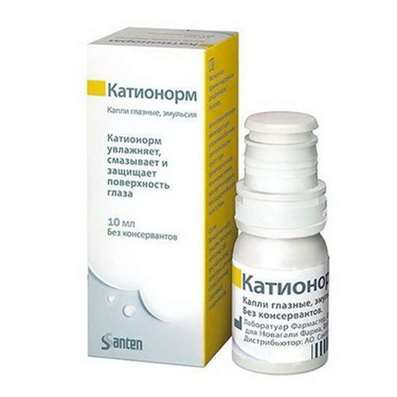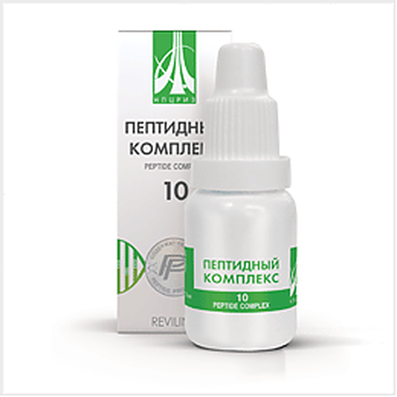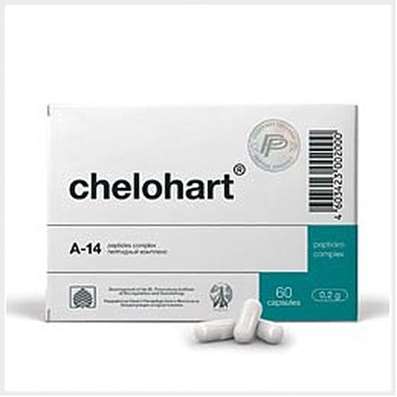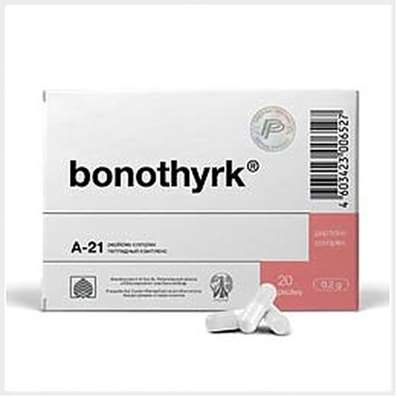Instruction for use: Ketalginum
I want this, give me price
Active substance Ketorolac
ATX Code ÀÒÕ M01AB15 Ketorolac
Pharmacological group
NSAIDs - Acetic acid derivatives and related compounds
Nosological classification (ICD-10)
G54 Lesions of nerve roots and plexuses
Radicular syndrome with osteochondrosis, Neuralgia of radicular origin, Plexitis, Plexitis, Radiculitis with radicular syndrome, Syndrome of radicular
M79.1 Myalgia
Myofascial pain syndromes ,Pain syndrome in musculo-articular diseases, Pain syndrome in chronic inflammatory diseases of the musculoskeletal system, Pain in the muscles, Tenderness of muscles, Muscular soreness in severe physical exertion, Painful conditions of the musculoskeletal system, Pain in the musculoskeletal system, Pain in the muscles, Pain at rest, Muscle aches, Muscle pain, Musculoskeletal pain, Myalgia, Muscle pain, Muscle pain at rest, Muscle pain, Muscular pain of non-rheumatic origin, Muscle pain of rheumatic origin, Acute muscle pain, Rheumatic pain, Rheumatic pains, Myofascial syndrome, Fibromyalgia
R52.0 Acute pain
Acute pain syndrome, Acute pain syndrome with osteoarthritis, Acute pain syndrome of traumatic origin, Severe pain of a neurogenic nature, Severe pain, Pain syndrome at delivery
R52.1 Constant unrestrained pain
Pain syndrome in oncology practice, Pain syndrome pronounced, Pain syndrome in malignant neoplasms, Pain syndrome in cancer, Pain syndrome with tumors, Pain syndrome in cancer patients, Pain in malignant neoplasms, Pain in malignant tumors, Pain in tumors, Pain in cancer patients, Pain in bone metastases, Pain in cancer, Malignant pain syndrome, Intensive chronic pain, Intensive pain syndrome, Intensive non-curable pain syndrome, Intensive chronic pain syndrome, Unrestrained pain, Unrestrained pain, Tumor pain, Post-traumatic pain syndrome, Severe pain, Chronic pain, Chronic Pain Syndrome
T08-T14 Injuries to unspecified part of trunk, limb or body region
T14.3 Dislocation, sprain and damage to the capsular-ligamentous apparatus of the joint of the unspecified area of the body
Painful stretching of muscles, Pain and inflammation in tension, Dislocation of dislocation, Degenerative changes in the ligamentous apparatus, Edema due to sprains and bruises, Edema after interventions for sprains, Damage and rupture of ligaments, The musculoskeletal system is damaged, Damage to ligaments, Damage to the joints, Ligament ruptures, Tendon tendons,Ruptures of the tendons of muscles,Stretching, Crick, Stretching of the muscle, Sprain, Tension of the tendons, Extensions,Stretch muscles, Sprains, Tension of the tendons, Injury of the musculoskeletal system, Injuries to the joints, Injuries of capsule-articular tissues, Injuries of the osteoarticular system, Injuries to ligamentsInjuries to the joints, Joint wounds, Stretching of the ligamentous apparatus, Habitual stretching and tearing
Composition and form of release
1 tablet contains ketorolac tromethamine 10 mg; in a contour acheikova packing 10 pcs., in a cardboard bundle 1 packing.
pharmachologic effect
Pharmacological action - analgesic.
It inhibits cyclooxygenase and disrupts the synthesis of PG (prostaglandins) and thromboxane.
Pharmacodynamics
It blocks the generation of painful impulses (analgesic action), inhibits the aggregation of platelets. The functional state of platelets is restored 24-48 hours after drug withdrawal. The effect develops in 0.5-1 hour and reaches a maximum after 2-3 hours.
Pharmacokinetics
Quickly and completely absorbed from the digestive tract (absorption rate decreases in patients with obesity). Cmax is achieved after 2-3 hours. Binding to plasma proteins is more than 99%. Bad passes through the BBB, penetrates the placental barrier and into breast milk. The time to reach the equilibrium state is 24 hours when taken in an average single dose every 6 hours. T1 / 2 - 5.3 hours. Biotransformed (less than 50%), excreted in the urine (about 92%) and bile (6%). If the kidney function is impaired, in people over 65 years of age or on dialysis, T1 / 2 increases by 1.5-2 times or more.
Indications
Pain syndrome of moderate and strong intensity (radicular syndrome, myalgia, sprains, dislocations, joint trauma, postoperative period).
Contraindications
Hypersensitivity, peptic ulcer and duodenal ulcer, gastrointestinal bleeding, impaired renal function, hypovolemia, dehydration, hemorrhagic stroke, "aspirin triad", simultaneous use of other NSAIDs and anticoagulants, anesthesia before and during surgery, a condition with a high risk of bleeding , pregnancy, childbirth, breastfeeding, age under 16 years.
pregnancy and lactation
Contraindicated in pregnancy and during childbirth. For the duration of treatment, breastfeeding should be discontinued.
Side effects
From the nervous system and sensory organs: drowsiness, headache, dizziness, insomnia, impaired ability to concentrate, euphoria, convulsions, hallucinations; violation of visual acuity.
From the cardiovascular system and blood (hematopoiesis, hemostasis): bradycardia, hot flashes, changes in blood pressure, palpitation, thrombocytopenia, purpura, hematoma, lengthening bleeding time, bleeding (nasal, postoperative); hyperkalemia, hyponatremia.
On the part of the respiratory system: shortness of breath, cough, swelling of the lungs (extremely rare).
On the part of the digestive tract: loss or increase in appetite, dry mouth, stomatitis, epigastric discomfort, dyspepsia, nausea, vomiting, belching, flatulence, pain and a feeling of heaviness in the abdomen, gastritis, constipation or diarrhea, erosive and ulcerative lesions of the digestive tract including complicated by perforation and bleeding), changes in hepatic samples, pancreatitis.
On the part of the genitourinary system: pollakiuria, acute renal failure, hemolytic uremic or nephrotic syndrome, increased levels of urea and creatinine in the plasma, proteinuria.
Allergic reactions: urticaria, maculopapular rash, exfoliative dermatitis, Lyell's syndrome, Stevens-Johnson syndrome, anaphylactic reactions (bronchospasm, laryngeal edema).
Interaction
It alters the effect of antihypertensive drugs and diuretics, increases the toxicity of methotrexate, lithium preparations. Anticoagulants, coumarin derivatives, heparin, streptokinase, urokinase, pentoxifylline increase the risk of bleeding (it is necessary to control blood coagulation) and peptic ulcers; diuretics, ACE inhibitors - the probability of developing renal failure; NSAIDs - increase the side effects of the gastrointestinal tract. Simultaneous use with cefamandole, cefoperazone, cefotetan, moxalactam, plikamycin, valproic acid increases the risk of bleeding. Probenecid reduces plasma Cl and the volume of distribution.
Dosing and Administration
Inside, single dose - 10 mg. If necessary, appoint every 4-6 hours. The maximum daily dose is 40 mg. The duration of therapy is no more than 7 days. Patients older than 65 years of age or body weight less than 50 kg need individual correction of the dosing regimen. Against the backdrop of renal dysfunction should reduce the daily dose by 50% and not appoint more than 2 days.
Overdose
Symptoms: abdominal pain, nausea, vomiting, hyperventilation, the occurrence of peptic ulcers, erosive gastritis, impaired renal function.
Treatment: gastric lavage, the introduction of adsorbents (activated charcoal), symptomatic therapy, if necessary - dialysis.
Precautionary measures
Do not use during work drivers of vehicles and people whose profession is associated with increased concentration of attention.
storage conditions
In a dry, the dark place at a temperature of no higher than 25 ° C.
Keep out of the reach of children.
Shelf Life
3 years.
Do not use after the expiry date printed on the package.

 Cart
Cart





